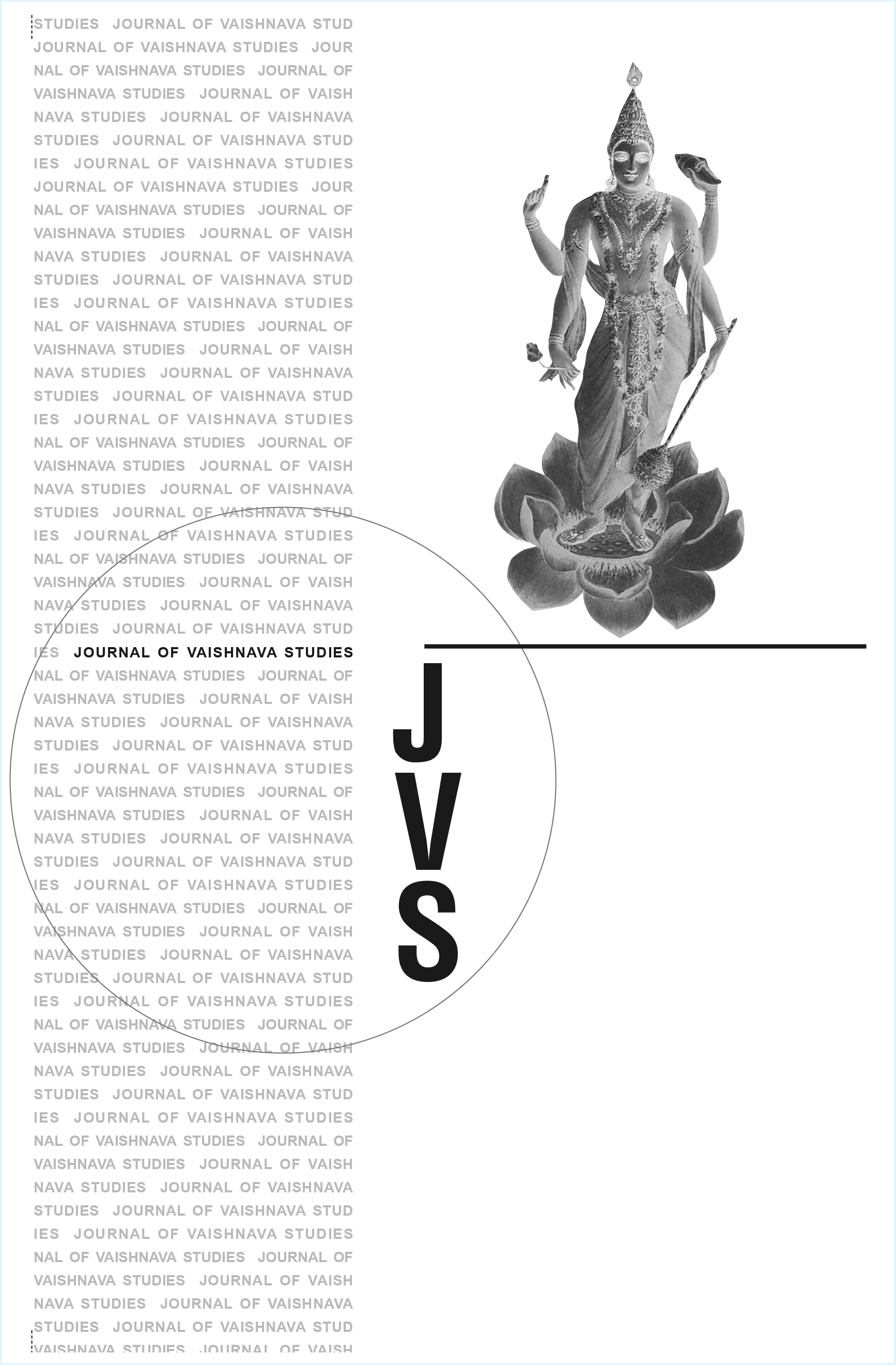The Srivaisnava Stotra
Synthesizing the Tamil and Sanskrit Vedas
Keywords:
Śrīvaiṣṇava, stotra, Ubhaya Vedānta, Tamil Veda, Sanskrit Veda, Nāḷāyira Divya Prabandham, Ramanuja, Viśiṣṭādvaita, Alvars, devotional literature, Yamunācārya, Kureśa, Parāśara Bhaṭṭar, Pāñcarātra, Tamil-Sanskrit synthesis, South Indian Hinduism, bhakti theologyAbstract
Nancy A. Nayar’s “The Śrīvaiṣṇava Stotra: Synthesizing the Tamil and Sanskrit Vedas” investigates the pivotal role of Sanskrit stotras in shaping the Śrīvaiṣṇava tradition during its formative period, particularly under the influence of Ramanuja and his predecessors. Rather than viewing stotras as mere devotional byproducts, Nayar argues that these hymns function as a sophisticated literary and theological medium that harmonized the Sanskrit Vedas with the Tamil Nāḷāyira Divya Prabandham—collectively conceptualized within the Śrīvaiṣṇava framework of Ubhaya Vedānta (dual revelation). The essay challenges assumptions that Sanskrit stotras catered exclusively to non-Tamil speakers, demonstrating their deep intertextual connections with Tamil devotional literature and their rootedness in the lived temple culture of South India. Nayar traces their legitimacy and creativity across the three canonical streams of Śrīvaiṣṇava thought: the Vedic, the philosophical (notably Viśiṣṭādvaita), and the vernacular. By blending the philosophical clarity of Vedānta, the emotional bhakti of the Āḻvārs, and the ritual language of the Pāñcarātra tradition, the stotras emerge as powerful tools for devotional expression, social inclusivity, and theological synthesis.Published
1993-10-20
Issue
Section
Articles





